Land Scarcity Issues
Japan faces significant land scarcity due to its mountainous terrain and high population density. This limitation poses challenges for traditional solar energy installations, making the floating solar-panels market particularly appealing. By utilizing water surfaces, such as reservoirs and lakes, floating solar panels can circumvent land use conflicts. In 2025, it is estimated that over 70% of Japan's land is unsuitable for large-scale solar farms. The floating solar-panels market thus offers a practical solution to harness solar energy without compromising agricultural or urban land. This innovative approach not only maximizes energy production but also aligns with Japan's commitment to sustainable development and efficient land use.
Rising Energy Demand
The floating solar-panels market in Japan is experiencing growth due to the increasing demand for energy. As the population continues to grow and urbanization accelerates, the need for sustainable energy sources becomes more pressing. In 2025, Japan's energy consumption is projected to rise by approximately 1.5% annually. This trend necessitates innovative solutions, such as floating solar panels, which can be deployed on water bodies, thus conserving land space. The floating solar-panels market is well-positioned to meet this demand, providing a viable alternative to traditional land-based solar installations. Furthermore, the integration of floating solar technology can enhance energy security by diversifying the energy mix, which is crucial for Japan's energy strategy.
Technological Innovations
Technological advancements play a crucial role in the growth of the floating solar-panels market in Japan. Innovations in materials and design have led to more efficient and durable floating solar systems. For instance, the development of lightweight, corrosion-resistant materials enhances the longevity and performance of these installations. In 2025, the efficiency of floating solar panels is expected to improve by 15% compared to previous generations. This progress not only increases energy output but also reduces maintenance costs, making floating solar solutions more attractive to investors. The floating solar-panels market is thus poised to benefit from these technological innovations, which could lead to wider adoption and integration into Japan's energy infrastructure.
Government Incentives and Policies
The Japanese government has implemented various incentives and policies to promote renewable energy, significantly impacting the floating solar-panels market. In 2025, the government aims to increase the share of renewables in the energy mix to 36% by 2030. This ambitious target is supported by subsidies and feed-in tariffs for renewable energy projects, including floating solar installations. The floating solar-panels market benefits from these initiatives, as they lower the financial barriers for developers and encourage investment in innovative technologies. Additionally, the government's commitment to reducing greenhouse gas emissions further strengthens the market's potential, as floating solar panels contribute to a cleaner energy landscape.
Environmental Awareness and Sustainability
Growing environmental awareness among the Japanese population is driving interest in sustainable energy solutions, including the floating solar-panels market. As climate change concerns escalate, there is a collective push towards reducing carbon footprints and promoting renewable energy sources. In 2025, surveys indicate that over 80% of Japanese citizens support the transition to renewable energy. This societal shift encourages investments in floating solar technology, which offers a dual benefit of energy generation and water conservation. The floating solar-panels market aligns with these values, as it minimizes land disruption and preserves natural habitats. Consequently, this heightened environmental consciousness is likely to propel the market forward, fostering a more sustainable energy future.


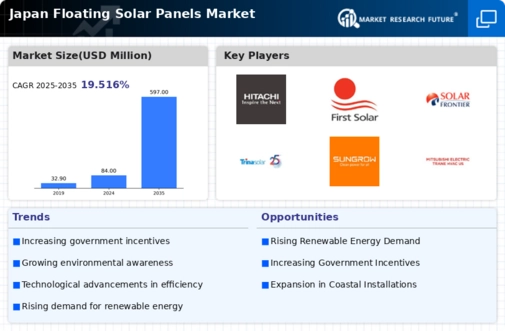

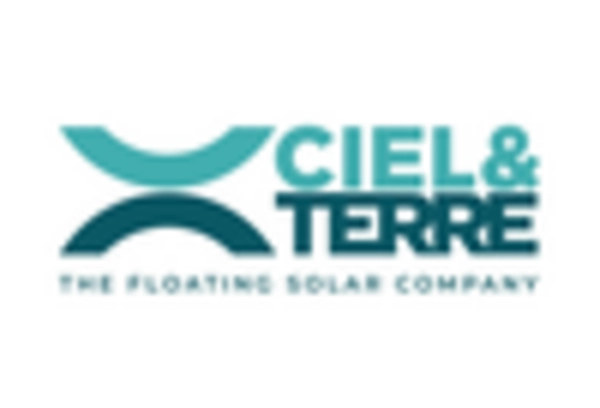
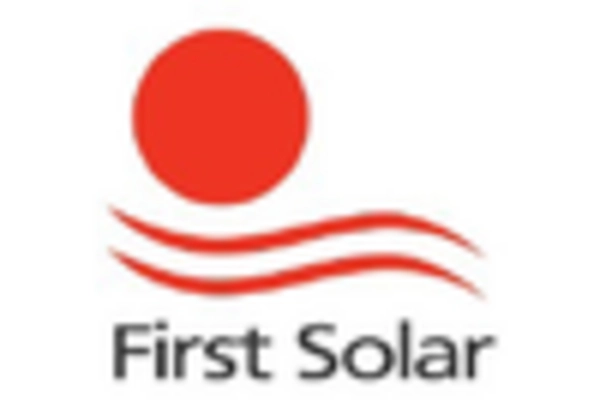

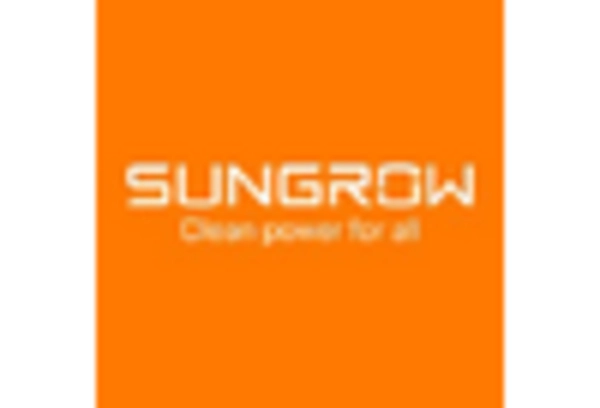
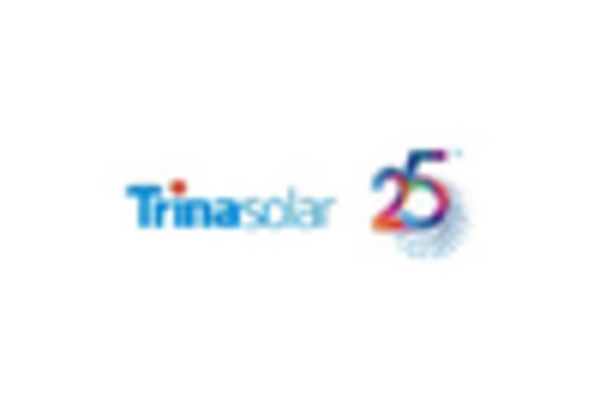








Leave a Comment